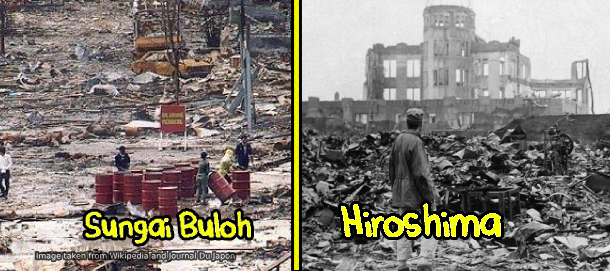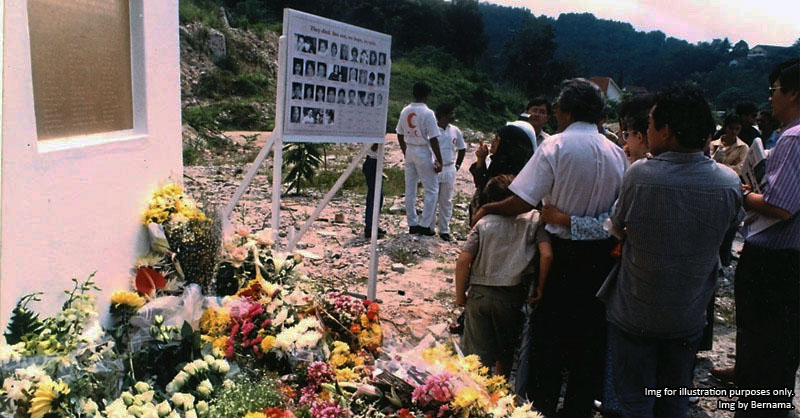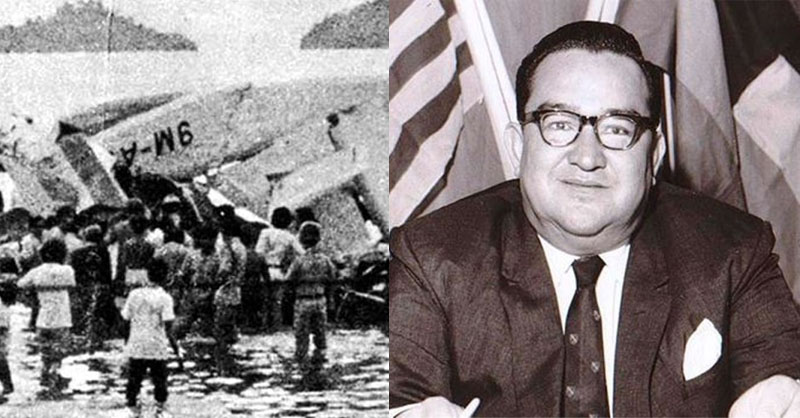The forgotten tragedy of Sungai Kerian that shook our country in 1972

- 2.0KShares
- Facebook1.9K
- Twitter15
- LinkedIn12
- Email23
- WhatsApp94
[This article is a translation. For the original article, please visit Soscili.my]
If you loved someone enough, you’d know that there’s always this little fleeting fear that each goodbye could be the last time you’ll ever see them again.
Such was the case for Kamariah Yusuff, now 72, who recalled the last time she would ever see her firstborn son, Raja Norezmanshah, who was only seven years old back then. Raja’s last words still ring in his mother’s solemn ears. “Abang tak nak sekolah! Nanti abang tinggalkan mak!”
He would’ve been 53 years old today.
“We stay deep in the village. Because of that, we’d send our son Raja to stay with his uncle at the edge of Sungai Kerian so it would be easier for him to go to school,” she tells Utusan in an interview in 2015. “When I was about to leave, he screamed and struggled while being held back by his uncle, whom I had given trust to care for him.”
Nobody knew that their lives were about to change in the days that followed.
Lives hanging onto a thread… literally
Enter Kerian, a quaint little district north of Perak and by the borders of Penang and Kedah. There’s Sungai Kerian, a river that meets at the borders of Perak and Kedah: Parit Buntar and Bandar Baharu respectively. Back in the 70s, there were no bridges built to connect them, so the only way people could move around was with a ferry.
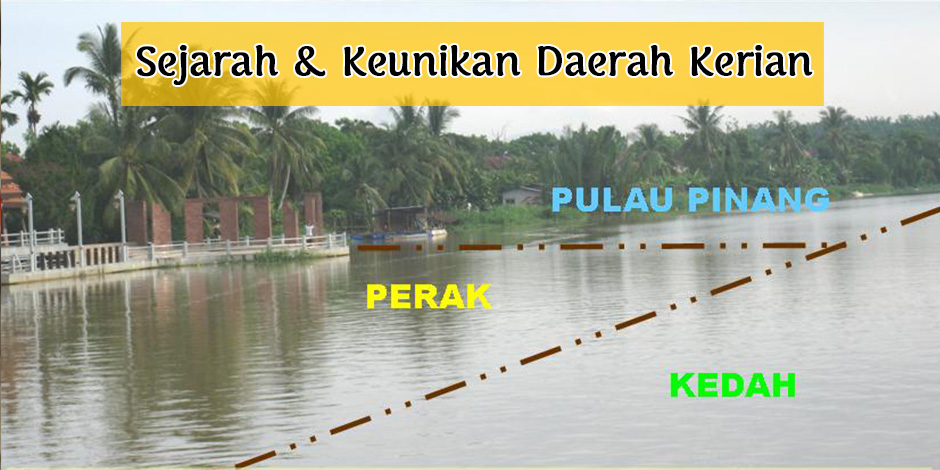
But it wasn’t a typical ferry – it was something like a barge (or ‘feri tarik’ in BM).
Imagine a small boat pulling a big platform, and on the platform are cars, vans, buses… and living, breathing human beings, all waiting to be ferried across the river. So if you had wanted to cross Sungai Kerian for whatever reason, you’d have to take a 20-minute ferry ride with everyone else.
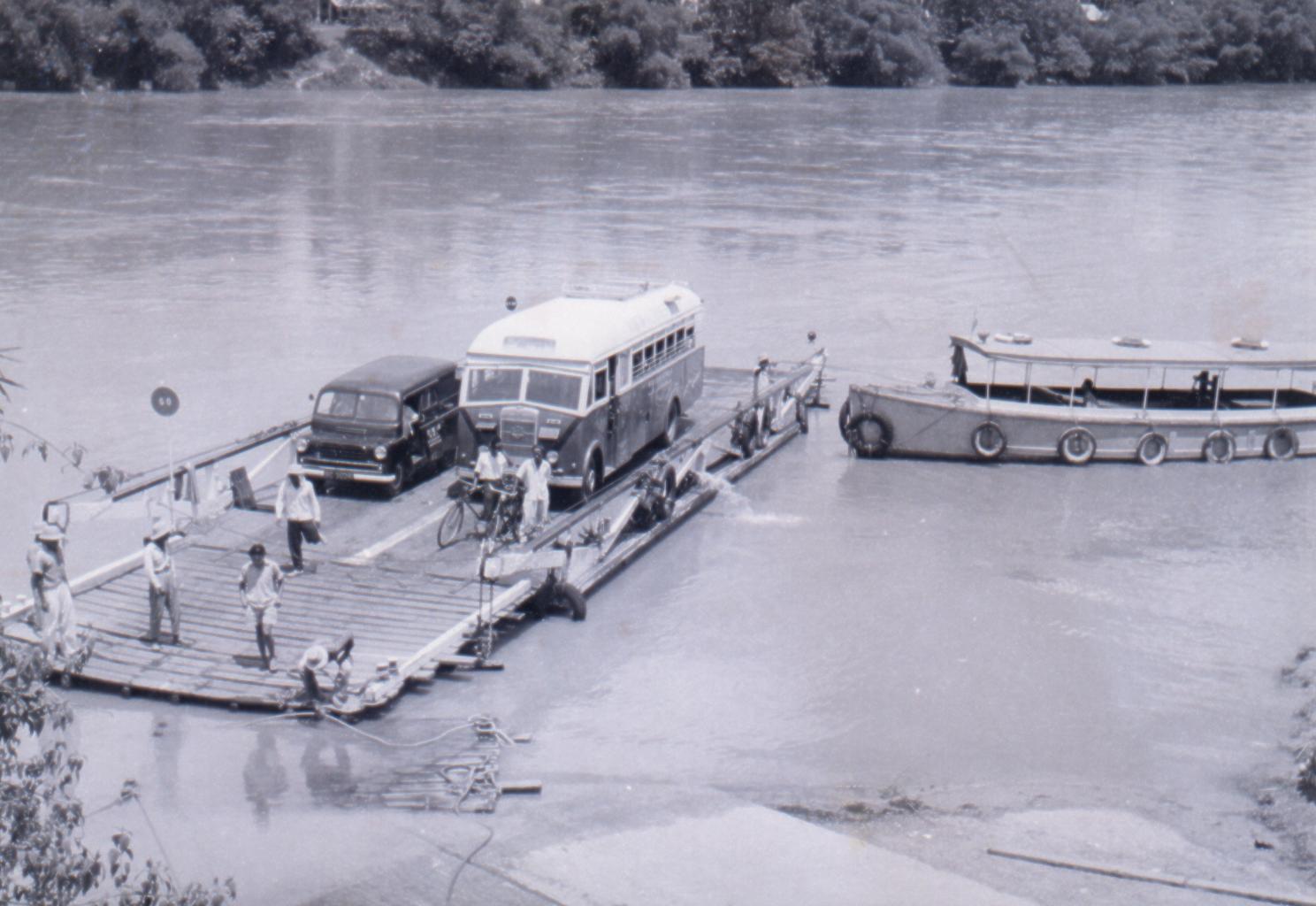
While riding the barge was a normal, everyday affair for the people around Sungai Kerian, on 13 September 1972, residents woke up to news of a tragedy that would quickly shake the nation.
It had rained heavily that morning, and continuously the night before.
Among the many people and vehicles bracing the weather were a group of children, including little Raja, huddled in a bus as they waited to get to school. Together, they parked on the platform and were carried across the river by the boat. The platform and the boat had nothing but cables holding them together.
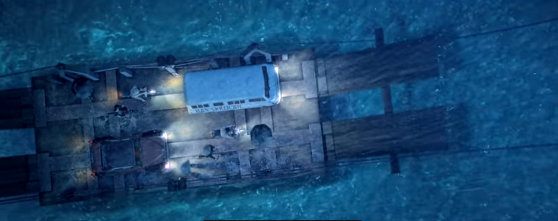
The river moved fast, its current strong and merciless. And as the ferry crossed the river from Kedah, the cable snapped.
“When three small nuts got loosened, the winch started to break, because of the heavy rain and wind. This caused the ferry to overturn.
What to do? It is an unforgettable incident.” – Govindasamy, who was at the scene, in ‘The Day the River Ran Red’
With no way for anyone to reattach the cable, bit by bit, the platform and the vehicles on it began to sink into the rushing water of Sungai Kerian.
Trapped with no way out
You’d think that the victims would be able to escape their vehicles and swim to shore, but nothing is ever that simple… especially when you’re a helpless young child trapped in a bus.
Inside the bus were at least 25 petrified students from primary and secondary schools, fighting for their lives to escape. But as fate would have it, the bus tipped over on its side. And of all sides, it was the one with the door, causing the students to be trapped with little to no way to escape.
“The cries for help, the flailing arms of the children are all still so clear (in my mind). But there was nothing we could do because we were all struggling to save ourselves.
And just suddenly, the ferry that was in the middle of the river, tilted to the left. Coincidentally, the door of the van was also at the same side.” – Anuar Ahmad, victim, to Utusan. (Translated)
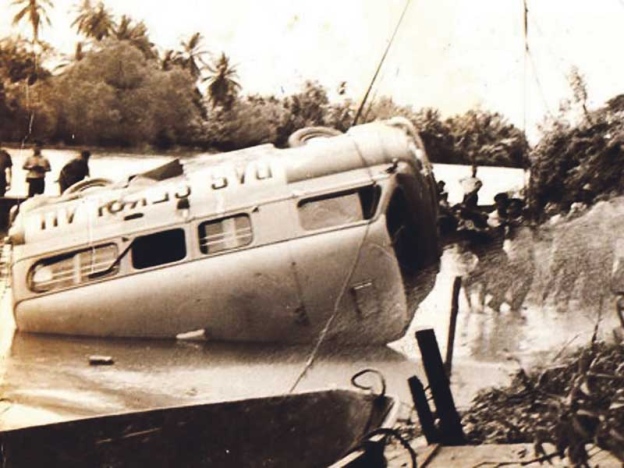
As a result of the tragedy, 27 lives were lost – 25 of them being students. 17 of them were said to have been from Sekolah Rendah Methodist Parit Buntar, and the remaining from SMJK (C) Kerian.
The death of a hero
The death toll could have been higher, if not for the heroic deeds of the people around.
“At that time, many people helped, especially those who could swim.” – Wong Sea Hwa, witness, in ‘The Day the River Ran Red’
One particular person was S. Annamalai, the ferry driver who had been at the job for 10 years. He had managed to save seven Chinese students when the ferry sank.
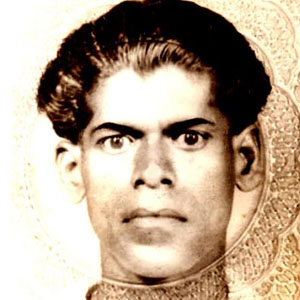
Annamalai swam to and fro, rescuing the children from the ferry and bringing them to the river bank, then going back to the ferry to save some more. It was reported that, at one point, the terrified children clung to him too tightly and made it impossible for him to stay afloat.
He ended up drowning that day, leaving behind eight kids of his own.
Although his family could not find him that day itself, his body appeared the next morning at a nearby location.
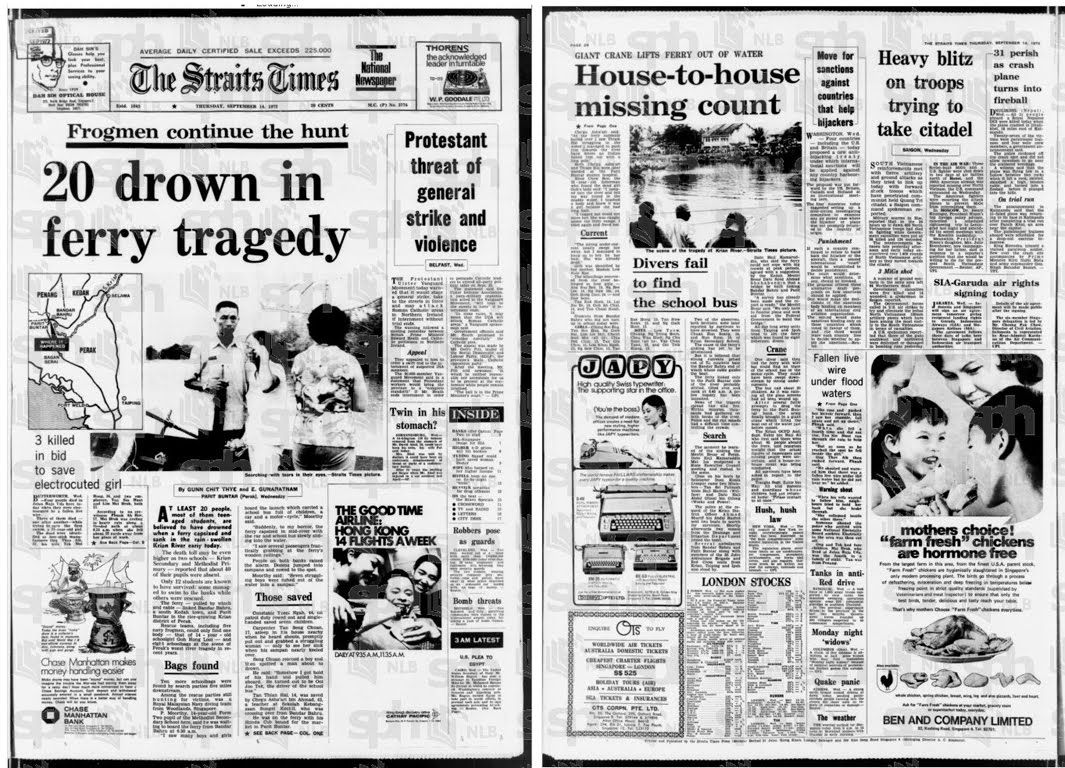
After the incident, the government had then decided to put a complete end to the ferry connecting Parit Buntar and Bandar Baharu. In its place, they built the Sultan Idris Bridge.
Through tragedy, comes unity
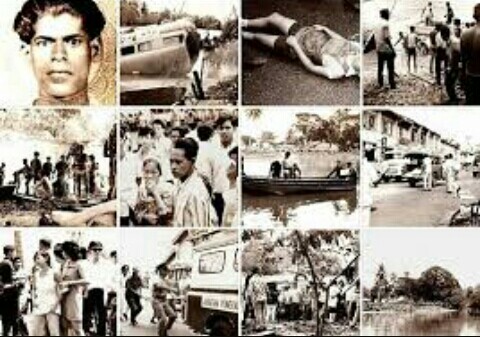
The Sungai Kerian tragedy saw people of various races and religion putting their differences aside, helping each other out in a time of need. In fact, the public had even raised funds to help Annamalai’s family. One heartwarming act of generosity that his children remembers till today, was when a Chinese businessman gave them RM1,000, and continued to provide them RM100 every month until the youngest child turned 10 years old.
Although it happened 46 years ago, the tragedy remains as one of the most important incidents in our history, especially for the residents of Parit Buntar. It was a time of grief, but it was also a time of unity. We shouldn’t need to remember stories like these only during their anniversaries or Hari Merdeka.
S. Annamalai’s sacrifice and the goodwill of the people around should be a lesson to all of us, especially those born after the tragedy. It shouldn’t take another tragedy for us to set our religious, racial or political differences aside for the greater good.
“This historical event which has raised the spirit of unity among the younger generation should be immortalised through the building of a stone monument, so as to remember what happened in history.” – Mujahid Yusof Rawa, Parit Buntar MP, taken from Sinar Harian
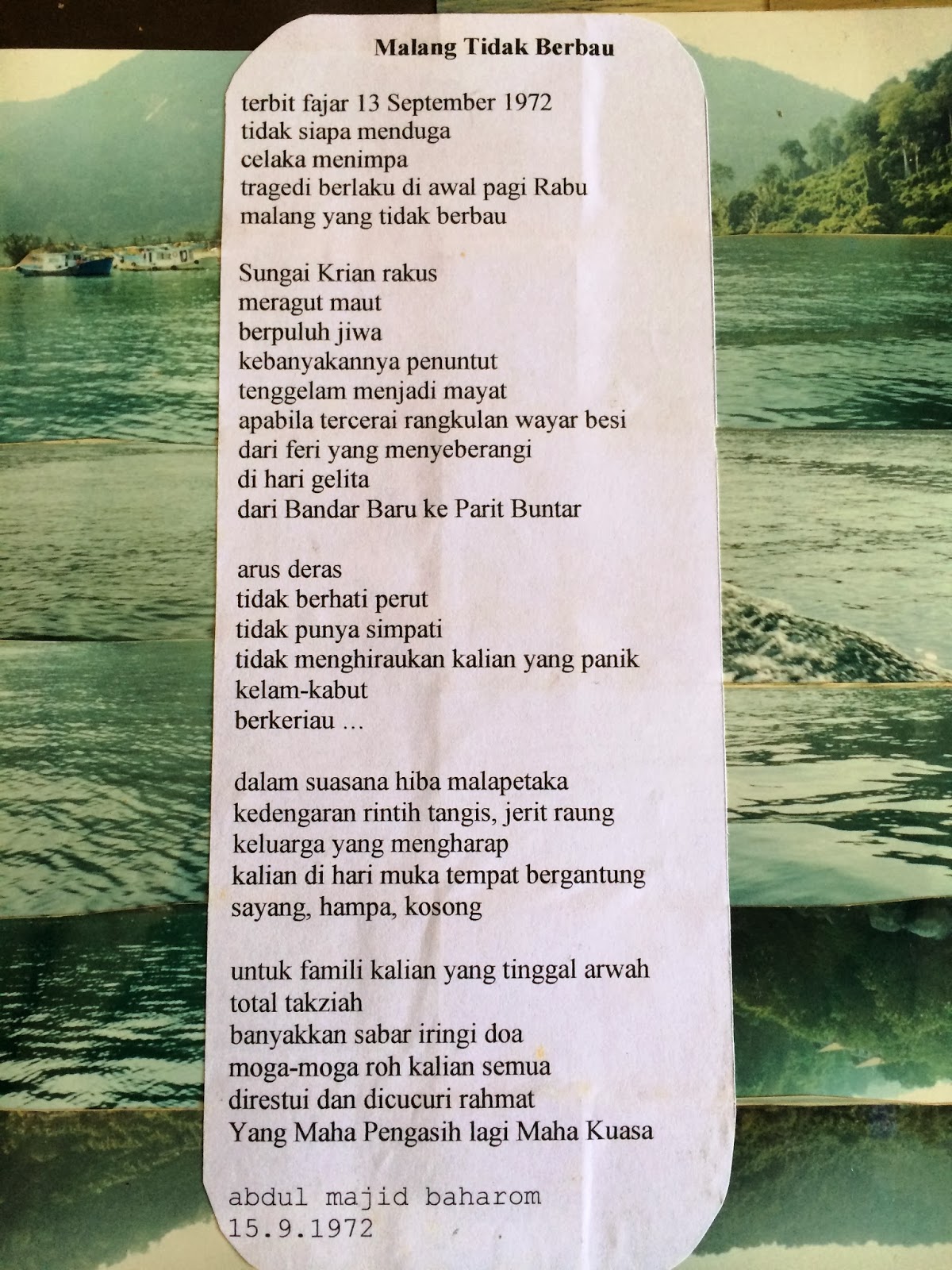
- 2.0KShares
- Facebook1.9K
- Twitter15
- LinkedIn12
- Email23
- WhatsApp94

